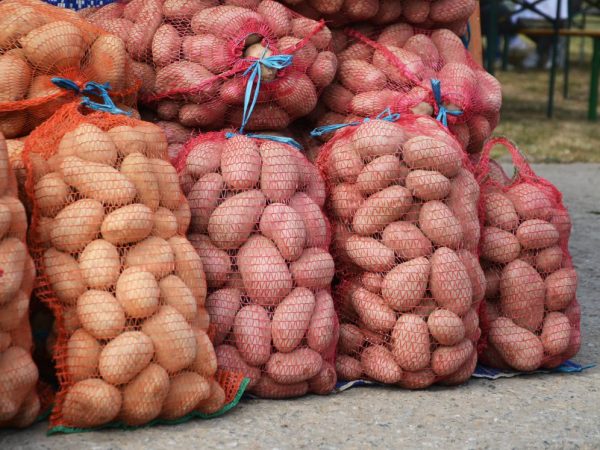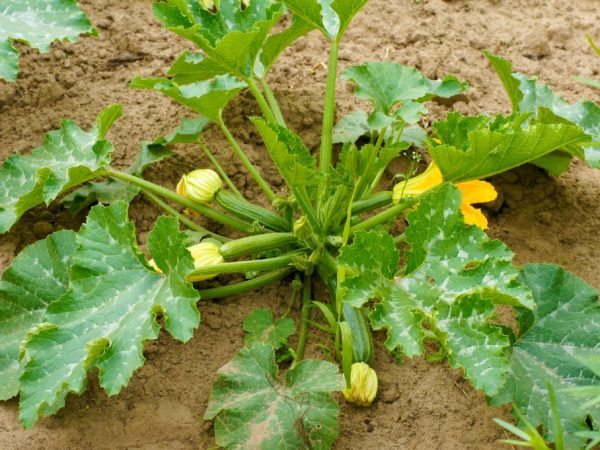What crops can be planted after potatoes
Potatoes are one of the most commonly planted crops as they are an important component of the human diet. It is impossible to imagine most dishes without this vegetable. It is also constantly used in the food industry as a raw material for various products - chips, flakes, semi-finished products, as well as for the production of starch and alcohol. It is also used as a fodder crop.

After potatoes, we plant other crops
Based on the importance of potatoes, all amateur gardeners, farmers and large agricultural producers want to get as much of the crop as possible every year. But to achieve this, you need to follow the rules of crop rotation. It is impossible for many years in a row to grow this vegetable in the same place, since the earth is depleted and loses useful substances. But after all, you need to take a place in the garden with something, so you need to know what you can plant after potatoes.
Why alternate cultures
Everyone who is engaged in gardening knows that the same plants cannot be grown in the same beds for many years in a row. It is imperative to alternate agricultural crops, since all plants have their own characteristics and they can affect the composition of the soil, take away all the nutrients or, on the contrary, leave behind certain trace elements. And sometimes the land is simply not sown with any plants to give it the opportunity to rest and normalize the nutrient medium.
Science and technology do not stand still, crop rotation tables have long been deduced, in which the correct order of crop rotation is indicated. With the help of these tables, you can quickly and easily distribute the seeding sequence of crops in the beds for several years in advance. To do this, you need to divide the garden into several zones and move the plants inside them, observing agrotechnical rules.
What can be planted in place of potatoes
In order to continue to get good yields of other plants in the beds where the nightshade vegetable was grown, you need to know exactly what you can plant after potatoes and what you can't. there are quite a few followers who can easily grow the next year after the potato. But experienced gardeners mainly plant siderates to enrich the soil with useful elements before planting the main crop. Siderata include peas, oats, rapeseed, mustard, rye.
In addition to these plants, you can safely plant potatoes in the former beds:
- radish and radish;
- lettuce and spinach;
- onion and garlic;
- cucumbers and cabbage;
- peas and beans;
- beets and turnips;
- zucchini and pumpkins.

Zucchini grows well
You can plant any of the above crops. But remember that before the next planting of potatoes, the earth should rest for at least 2-3 years. If you do not want to waste time on improving the soil with organic substances in the form of green manure, then it is best to sow green plants such as lettuce, spinach and celery on these beds in the first year. They are not so demanding on the nutrient medium.
After a year, when the land is resting, you can start growing pumpkin crops, as well as cabbage and legumes.
They will also grow well in this place, since other mineral elements are needed for their growth. But even those plants that can consistently produce crops without additional fertilizers require feeding. To heal the soil and partially replenish the optimal amount of nutrients, nitrogen, potassium and phosphorus should be added to it.
Soil preparation
When you choose which plant is best to plant in place of a potato, you must also take into account the diseases to which it is susceptible, and the presence of trace elements in the soil that it needs. To prevent contamination of the soil with various diseases, it is imperative to clean it of potato tops. Only after harvesting the leaves can you begin to enrich the land. During the initial growth and formation of root crops, the potato absorbs phosphorus and potassium. These are the main substances that this vegetable needs, so it completely impoverishes the soil with them.
Before planting the next plant in place of the potato, it is necessary to fertilize the soil and stabilize the nutritional balance.
To do this, you need to add a double dose of superphosphate to the soil in the amount of 1.5-2 kg per hectare and potassium sulfate in the amount of 1-1.5 kg / ha. after winter, it is recommended to feed the earth with urea. Organic fertilizers are also a useful ingredient. It is better to use rotted horse or cow manure as organic matter for the soil after potatoes.
What can not be planted in place of potatoes
In addition to which plants will grow well in potato beds, you need to know that you cannot plant those crops after potatoes that are affected by the same diseases and pests. These plants include all nightshades, especially eggplants and tomatoes, as well as peppers and physalis. After the potatoes, microspores remain in the ground, which are the distributors of late blight and macrosporiosis, from which other vegetables growing in this place can also get sick.
As practice shows, vegetables from the nightshade family and various varieties of peppers planted in place of potatoes grow poorly, can wither and wither without additional fertilizers. Also, gardeners never plant strawberries and strawberries on potato plots. This family of Rosaceae needs a full complement of trace elements. After the last harvest of potatoes, at least 3 years must pass before perennial herbaceous plants can be planted.
Soil care
In order to be able to plant any other plants on potato plantations, it is necessary not only to restore the nutrient balance of the soil, but also to disinfect the top layer. Digging is also an important post-harvest activity. You need to dig at least 10 cm deep, completely turning the layer over. This will help the ground freeze better, as a result of which all pests that have settled inside the soil will die, and the causative agents of diseases of the nightshade will be destroyed.
In the spring, the soil will begin to warm up, and then you will need to re-dig and start fertilizing it. During growth, potatoes take not only phosphorus and potassium from the soil, but also trace elements such as magnesium, manganese, copper, nitrogen, zinc and some others. Even small deficiencies in these elements can interfere with the normal growth of subsequent plants. Before planting them, it is necessary to fertilize the ground with compost under the dug layer or manure.
When using mineral fertilizers, it is better to pour them into the holes or furrows themselves, and not cover the entire ground with them. Ash will be a useful substance for potatoes, since the trace elements contained in it improve plant growth and help disinfect the soil. Siderata are planted in order to then bury them in the ground for humus.
Conclusion
Experienced gardeners know that in order to get a large and high-quality crop from the beds after potatoes, you need to adhere to the basic rules: timely crop rotation, use the right fertilizers and protect the land from diseases and pests. These simple rules do not require the use of special agricultural machinery or chemicals. Stick to them and you will be able to maintain soil fertility and ensure high yields of subsequent crops.


